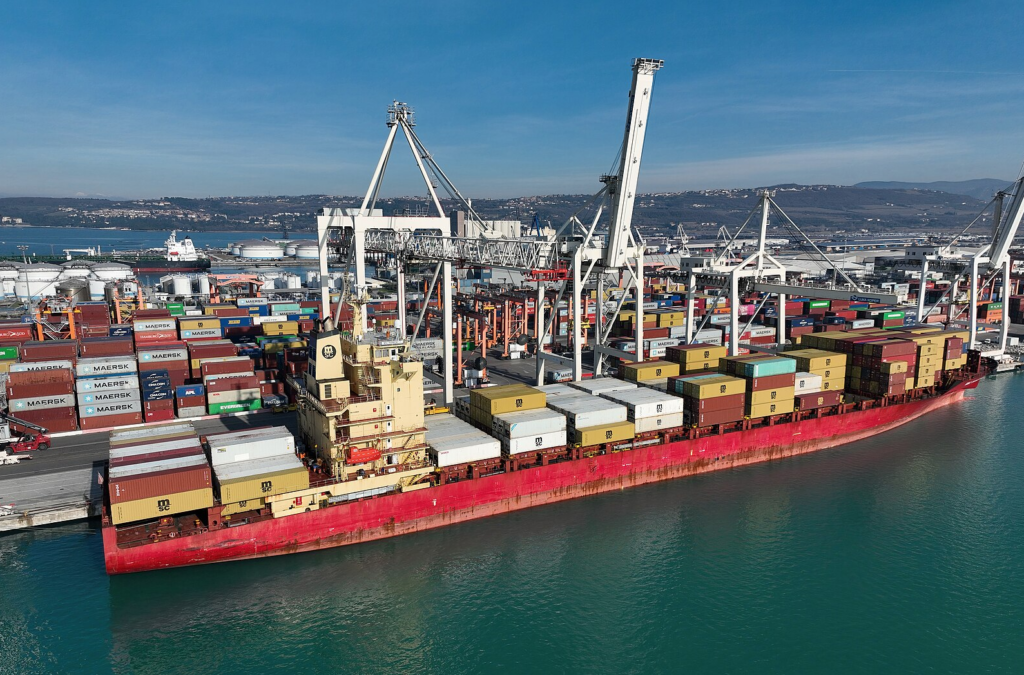Finance
Are low wages a competitive advantage in trade?

I suspect that the average American assumes that low-wage countries have a competitive advantage in international trade. Economists often refute that argument using Ricardian trade theory. But the public cares little about ‘theory’ and remains unconvinced. What about the real world?
There are many ways to look at this question, but I suspect many people are primarily concerned about the trade deficit. So let’s look at whether low wages often lead to current account surpluses. Here’s some recent data The Economist:
Let’s start by focusing on the top half of the list, from the US to Switzerland. What do you notice? With the exception of China and (perhaps) Russia, they are all developed economies, with wage rates well above the global average. And yet, despite wages being well above the global average, most of these countries have current account surpluses (in gray). Indeed, some of the largest surpluses are in places with the highest wages, such as the Nordic countries and Switzerland.
Now focus on the bottom half of the list, from Turkey to South Africa. Most of these are low-wage developing countries, and most have current account deficits (in peach).
But even that underestimates the pattern. The bottom half of the list includes six developed economies (the four “tiger economies”, Israel and Australia). Five of those six now have current account surpluses. If you take out those six developed countries, the bottom half of the list is very strongly associated with current account deficits.
But it’s even worse than that. Most of the ‘exceptions’ that are not yet fully developed but still have a CA surplus are upper-middle-income countries such as Russia, Malaysia and Argentina. If we use World Bank estimates of GDP per capita (PPP) in 2023, then Thailand ($23,423) is the poorest country with a CA surplus. China is valued at $24,558. Both are slightly above the world average ($23,010).
Admittedly, The Economist’s list excludes many of the world’s 200 or so countries, especially smaller ones. I suspect there are a few low-income countries with a CA surplus. Nevertheless, it is a fairly large sample and includes almost all major economies in the world, both developed and developing.
Maybe you are one of those people who doesn’t trust economic theory and takes pride in looking at how things work in the real world. If so, you should be relieved to hear that low wages don’t seem to give countries an unfair advantage in international trade.
So why do so many people believe the opposite? I suspect they are putting far too much weight on a single observation, the US trade deficit with China. The plural of anecdote is data.
P.S. I was generous to the opposite view in characterizing Russia and Malaysia as middle-income. The World Bank has Russia slightly ahead of Greece, and Malaysia only slightly behind.
PPP. I’ll discuss fiscal policy on another day, but if you compare the US to other countries on the list, you’ll see why I’m much more concerned about our budget deficit than our budget deficit. And look at the CA balances in the five countries with budget surpluses. As I keep saying, the Scandinavian countries and East Asians are the biggest savers in the world.











